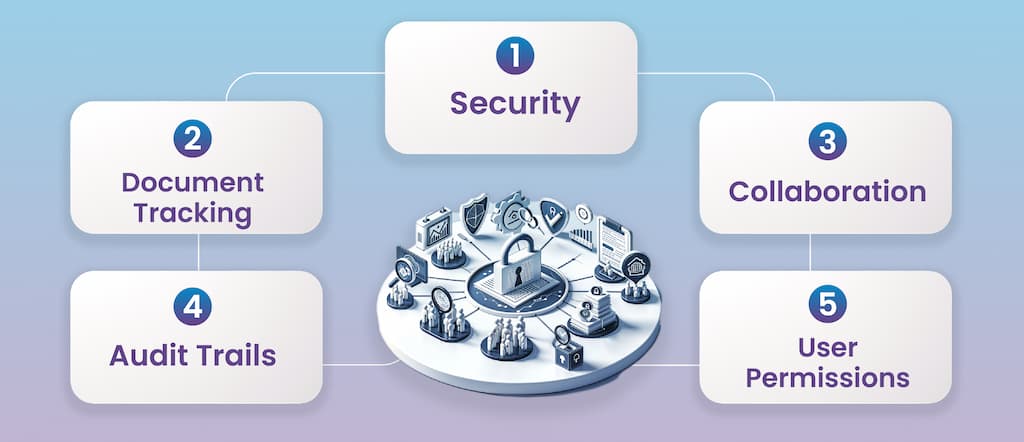In today’s increasingly digital landscape, businesses face the challenge of efficiently managing and sharing sensitive information. Two common solutions for secure document sharing are Virtual Data Rooms (VDRs) and Traditional File Sharing systems. Each has its own set of features and benefits, making it essential for businesses to carefully evaluate their needs before deciding which option is best suited for their operations.
What Is A Virtual Data Room (VDR)

Key Features of VDRs
Security: VDRs prioritize security with features such as encryption, two-factor authentication, and granular access controls. This ensures that only authorized individuals can access specific documents.
Document Tracking: VDRs offer detailed tracking and reporting features, allowing administrators to monitor who accessed a document, when, and for how long. This helps maintain transparency and accountability.
Collaboration: VDRs facilitate collaboration among users, allowing teams to work on documents simultaneously while maintaining version control. This is especially beneficial for complex projects requiring input from multiple stakeholders.
Audit Trails: VDRs generate comprehensive audit trails, providing a detailed history of document activities. This feature is crucial for compliance and legal purposes.
User Permissions: VDRs allow administrators to set different levels of permissions for users, restricting or granting access based on roles and responsibilities.
Traditional File Sharing
Traditional file sharing systems, on the other hand, include methods like email attachments, FTP (File Transfer Protocol), and cloud storage solutions like Google Drive or Dropbox. While these methods are widely used, they may lack the advanced security features found in VDRs.
Key Features of Traditional File Sharing
Ease of Use: Traditional file sharing methods are often easy to use and familiar to users. Sharing files via email attachments or cloud storage is a common practice in many businesses.
Cost-Effective: Some traditional file sharing solutions may be more cost-effective, especially for small businesses with basic document sharing needs.
Wide Adoption: Many employees are already familiar with traditional file sharing methods, reducing the learning curve for implementation.
Integration: Traditional file sharing solutions may integrate seamlessly with other collaboration tools, enhancing overall workflow.
What are 4 modes of file sharing?
- File transfer protocol programs. FTP application is one of the most common ways to share files.It is a network protocol for transferring files between systems in a network
- Peer-to-peer (P2P) networks
- Removable storage media
- Online file sharing services
Choosing the Right Solution
When deciding between VDRs and traditional file sharing, businesses should consider factors such as the nature of their documents, the level of security required, collaboration needs, and regulatory compliance.
Use VDRs When:
- Dealing with highly confidential information
- Conducting mergers, acquisitions, or due diligence
- Needing detailed tracking and audit capabilities
Use Traditional File Sharing When:
- Working with less sensitive information
- Prioritizing cost-effectiveness
- Seeking easy adoption and integration
The choice between Virtual Data Rooms and Traditional File Sharing depends on the specific needs and priorities of a business. While VDRs offer advanced security features and are ideal for managing highly confidential data, traditional file sharing solutions may be more suitable for businesses with simpler document sharing requirements.
Ultimately, a careful evaluation of features, costs, and compliance considerations will guide businesses to the solution that best aligns with their operational requirements.
ShareVault has been providing organizations of all types and sizes with secure document sharing solutions for over 15 years.







